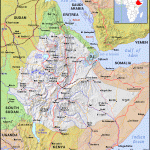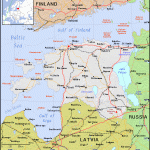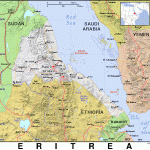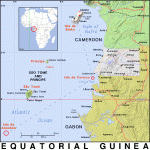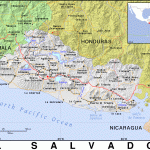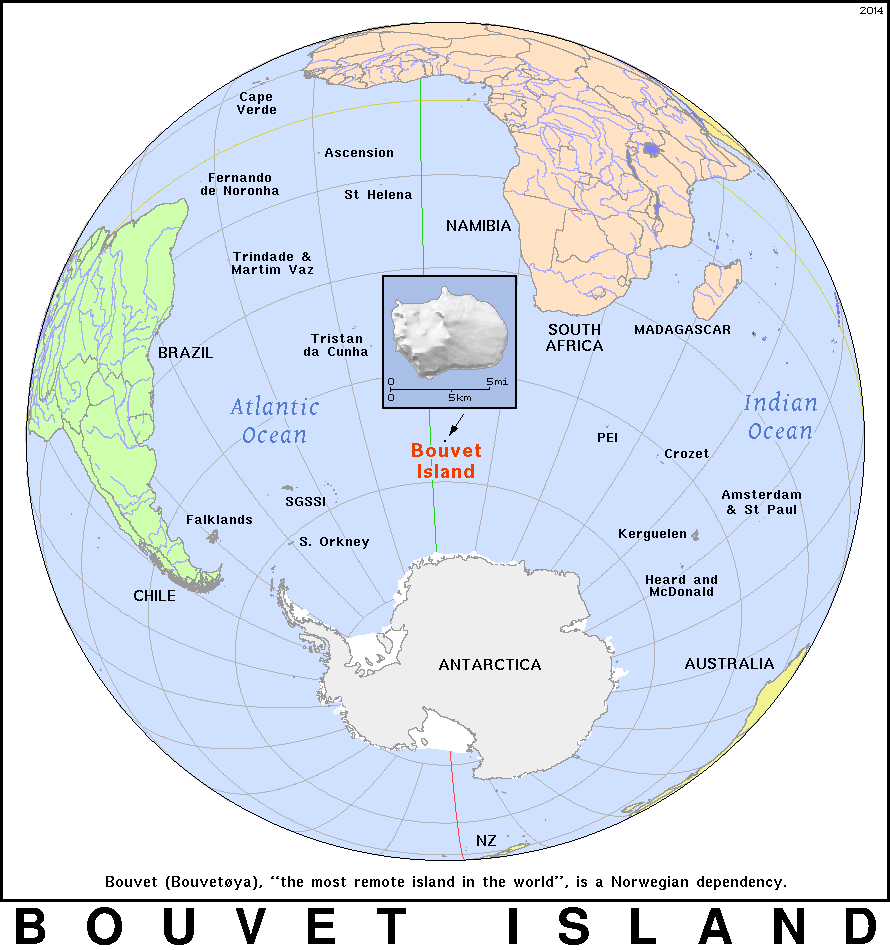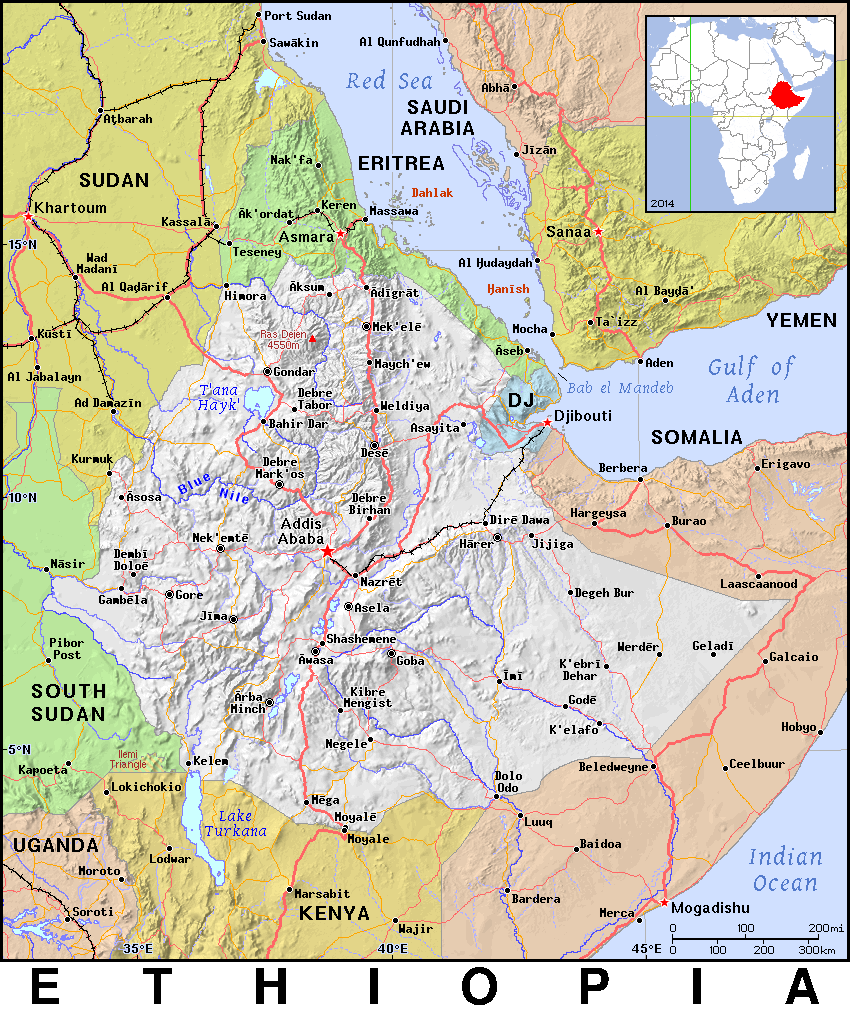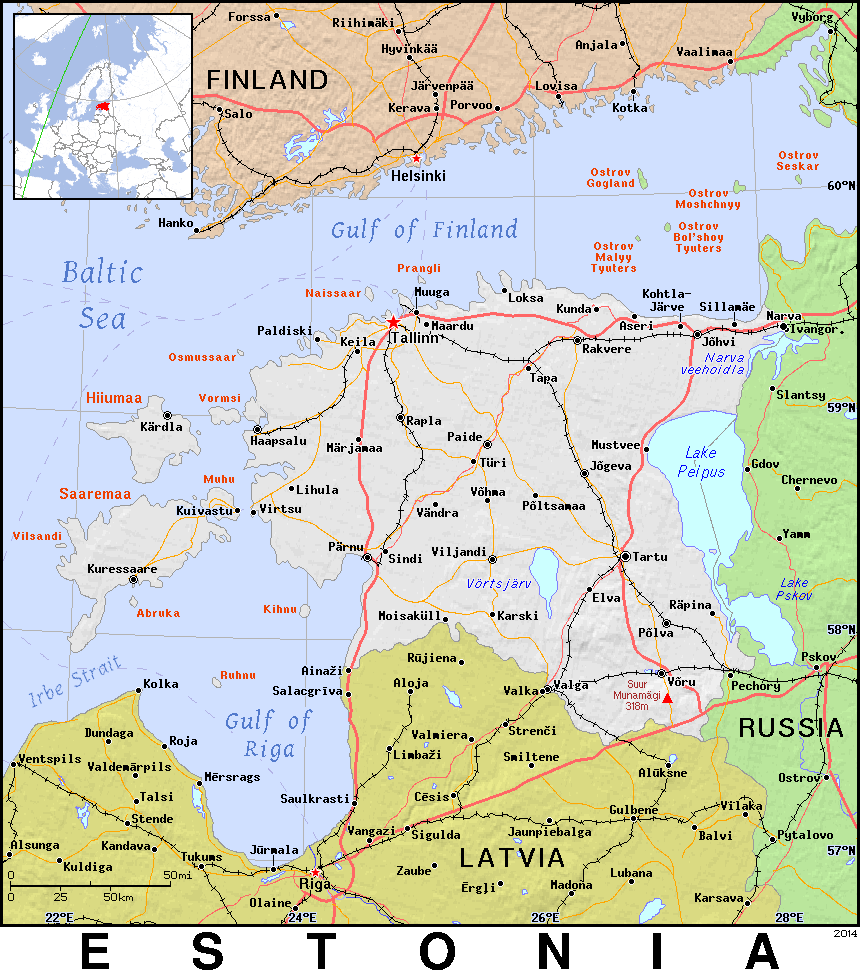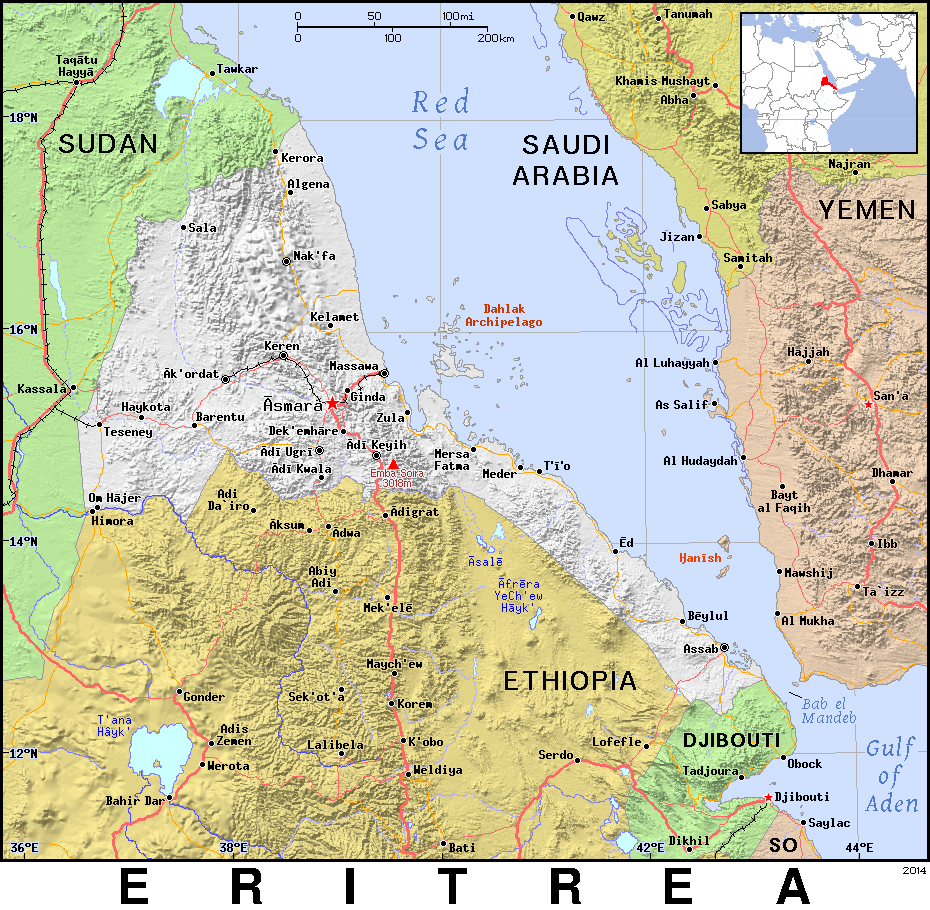If you’re looking for an adventure off-the-beaten path, you might have heard about Bouvet Island. Located in the southern Atlantic Ocean, Bouvet Island is one of the world’s most remote and uninhabited places. With only 49 square kilometers, it’s a volcanic island covered with ice and surrounded by rough waters. Despite its isolation, it’s an appealing destination for adventurers and explorers, and it offers unique opportunities for glacial exploration, wildlife watching, and photography. In this blog post, we’ll explore some fascinating facts about Bouvet Island and share a few places to visit if you plan a trip there. From its volcanic history to its diverse flora and fauna, Bouvet Island is a destination that appeals to the curious mind and the adventurous spirit. Whether you’re a hiker, a naturalist, or a seasoned traveler looking for new challenges, Bouvet Island will amaze you with its dramatic landscapes and unique wildlife.
1. Bouvet Island is an uninhabited sub-Antarctic volcanic island
Bouvet Island is a remote, uninhabited sub-Antarctic volcanic island in the South Atlantic Ocean. The island is said to be one of the most isolated places on earth, with its nearest neighbor, Queen Maud Land, being over 1,000 miles away. Bouvet Island is named after the French naval officer Jean-Baptiste Charles Bouvet de Lozier, who discovered the island in 1739. Glaciers entirely cover Bouvet Island, and its steep terrain makes it a challenging location to explore. Bouvet Island attracts tourists and adventurers looking for an off-the-beaten-path destination despite its challenging conditions. However, due to its remote location and lack of infrastructure, tourism to Bouvet Island is limited and challenging to arrange.
2. It is located in the South Atlantic Ocean, 1,600 km south-southwest of South Africa
Bouvet Island is one of the most remote locations on Earth, located in the South Atlantic Ocean, approximately 1,600 km south-southwest of South Africa. It is an uninhabited volcanic island, with its highest point being Olavtoppen, a summit 780 meters above sea level. The island is surrounded by rough and frigid waters, which make it a difficult and dangerous place to visit. Despite its harsh environment, Bouvet Island’s facts and features make it an intriguing destination for adventure seekers looking for a challenging expedition. As it is not inhabited, there are no Bouvet Island tourism destinations or attractions to visit, but for those with the courage and means to visit, the island offers stunning natural landscapes and unique wildlife that cannot be found anywhere else.
3. It is the most remote island in the world, located 2,600 km from Antarctica
Bouvet Island, also called Bouvetøya, is an uninhabited volcanic island in the Southern Ocean. One of the fascinating Bouvet Island facts is that it is located approximately 2,600 kilometers southwest of Cape Town, South Africa, and is considered the most remote island in the world, located 2,600 km from Antarctica. It was first discovered by Jean-Baptiste Charles Bouvet de Lozier, a French naval officer, in 1739. This island is only accessible to the most intrepid explorers as there isn’t any human settlement. However, some Bouvet Island tourism operators organize multi-day expeditions to the island, which is a haven for birdwatching, nature photography, and fishing enthusiasts. Despite its unforgiving terrain and remote location, Bouvet Island is an incredible place to visit and is beloved by adventurers worldwide.
4. The island has an area of 49 square kilometers and a coastline of 29.6 km
Bouvet Island is a remote island located in the South Atlantic Ocean. It is widely known as one of the world’s most isolated and uninhabitable places, yet it still fascinates many. One of the most interesting Bouvet Island facts is that it has an area of 49 square kilometers and a coastline of 29.6 km. Despite its small size, Bouvet Island is home to many unique plants and animals that have evolved to thrive in this challenging environment. Although it is not a popular tourist destination, those who do visit Bouvet Island are often drawn to its rugged natural beauty and the sense of adventure that comes with exploring such a remote and unspoiled wilderness.
5. It is covered with glaciers and surrounded by sea cliffs
Bouvet Island, one of Earth’s most remote and uninhabited islands, is located in the South Atlantic Ocean. It is known for its stunning natural beauty and unique geography. One of the island’s intriguing features is that it is covered in glaciers and surrounded by sea cliffs, making it a popular destination for adventurous travelers. Glaciers, which are among the world’s largest, are estimated to be up to 200 meters thick, and the sea cliffs rise to 500 meters above the ocean. For those interested in exploring this rugged terrain, guided tours and excursions are available. Visitors can take in the breathtaking views of the glaciers and sea cliffs and experience the raw beauty of this isolated island. Bouvet Island tourism is a unique opportunity to witness the stunning landscape and wildlife that inhabit this rare and remote destination.
6. The island is home to a variety of bird species, such as penguins, albatrosses, and petrels
Bouvet Island is a magnificent destination for tourists looking to connect with nature and witness unique bird species. Located in the southern Atlantic Ocean, Bouvet Island is home to various bird species that flourish in its pristine environment. Some of the most unique bird species that can be found on the island include penguins, albatrosses, and petrels. Visitors can observe these birds in their natural habitat and cherish a truly unique experience. This makes Bouvet Island tourism popular among nature lovers and bird watchers. It is a perfect opportunity to learn about and appreciate the importance of biodiversity in a remote and untouched location. Visiting Bouvet Island would be an educational and enlightening journey for any nature enthusiast.
7. The island is a designated Nature Reserve and a part of the UNESCO World Heritage Site
Bouvet Island, located in the Southern Ocean, is a designated Nature Reserve and a part of the UNESCO World Heritage Site. As a UNESCO World Heritage Site, it is recognized for its unique and exceptional natural beauty and its importance to the world’s cultural and natural heritage. With an area of 49 square kilometers, Bouvet Island is uninhabitable mainly due to its ice-capped terrain and harsh weather conditions. For this reason, it is not typically considered a tourist destination. However, for those interested in nature and wildlife preservation, Bouvet Island offers a rare and pristine opportunity to observe a unique ecosystem in its natural state. Visitors should remember that due to its remote location, it is important to plan their trip carefully and obtain any necessary permits and permissions before embarking on their journey to this protected natural wonder.
8. It is a popular destination for adventure travelers due to its unique and remote location.
Bouvet Island is a small, remote Antarctic island in the South Atlantic Ocean. It is the world’s most isolated island, with no native human population and only a few scientific research stations. Despite its remote location, Bouvet Island has gained popularity among adventure travelers due to its unique and distinct features. The island’s remote location and untouched natural beauty make it a popular destination for adventure tourists. Its rugged terrain, and harsh weather conditions make it a challenging destination for extreme explorers and mountaineers. Bouvet Island tourism is an emerging trend, with travelers eager to explore this untouched landscape and experience its natural beauty. For adventure enthusiasts looking for an off-the-beaten-track destination, Bouvet Island, with its wild and remote location, is ideal.
In conclusion, Bouvet Island may be one of the most remote places on Earth, but it’s unique landscape and abundant wildlife make it a destination worth exploring for adventurous travelers. From the towering glaciers to the thriving marine ecosystem, this isolated island offers an incredible glimpse into the natural wonders of our planet. While it may not be the most effortless journey to get there, it will undoubtedly be one to remember.
